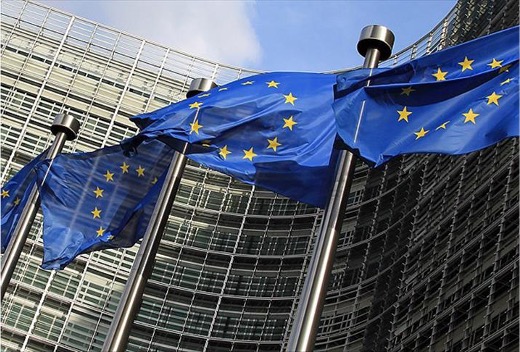It’s been a couple of years since EFSA (European Food Safety Authority) proposed a negative opinion regarding hydroxyanthracenes derivatives commonly found in Aloe and used in food and herbal medicinal supplements for their laxative effects. The issues concerning hydroxyanthracenes derivatives regard their genotoxicity (i.e., they damage DNA) and that whole-leaf aloe extracts are possibly carcinogenic. Ultimately, the EFSA was unable to determine a safe daily intake amount that would not give rise to health concerns and, on the 8th of April 2021, a new regulation from the European Commission restricting the sale of food and food supplements containing these substances came into effect.
What does this mean for the Members of the European Union?
Let’s frame the current situation.
The European Commission’s 2021/468 regulation is directly applicable to each of the Member States, with no transitional periods: all non-compliant products should be withdrawn from the market. The use of aloe is allowed only if hydroxyanthracenes derivatives have been removed during the manufacturing process and only traces in the form of impurities (< 1 ppm) remain. But what is the analytical method used to identified these traces? There are currently no official procedures listed. As the Commission has not provided any further details, the various Member States have had to provide their own, conflicting, interpretation. For instance, Belgium imposes the withdrawal of non-compliant products but foresees that it will not be able to control products already on the market. The Netherlands, on the other hand, stated that, in the absence of validated methods, will be unable to apply the rule in practice. France acknowledges the inconsistencies in the regulation but calls on operators in the sector to withdraw non-compliant products. Differently, Italy recognizes the existence of validated analytical methods to determine the quantity threshold.

Beyond all bureaucratic misunderstandings, it is likely, in the coming years, to see this market shrink: the European Commission has also placed Rhubarb, Seine, Frangula and Cascara under observation. Ultimately, this means that many other extracts containing hints of hydroxyanthracenes derivatives could be banned.
What’s next?
Whether we consider competent authorities or actual consumers, it is increasingly evident that the feeling towards dietary supplements will be more and more oriented towards a holistic well-being approach: they are already inserted in daily wellness practices (eating habits, exercise, healthy lifestyle) and will be increasingly detached from the problem-solution approach typical of the pharma industry. In the near future, companies and brands will need to adapt their product portfolio, in particular that of the gastrointestinal area.
Contact us at sochim@sochim.it to discuss new ideas and discover alternative solutions.